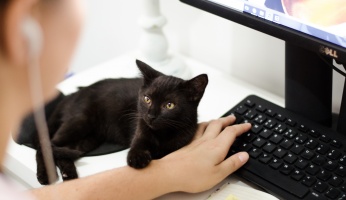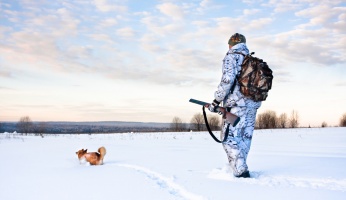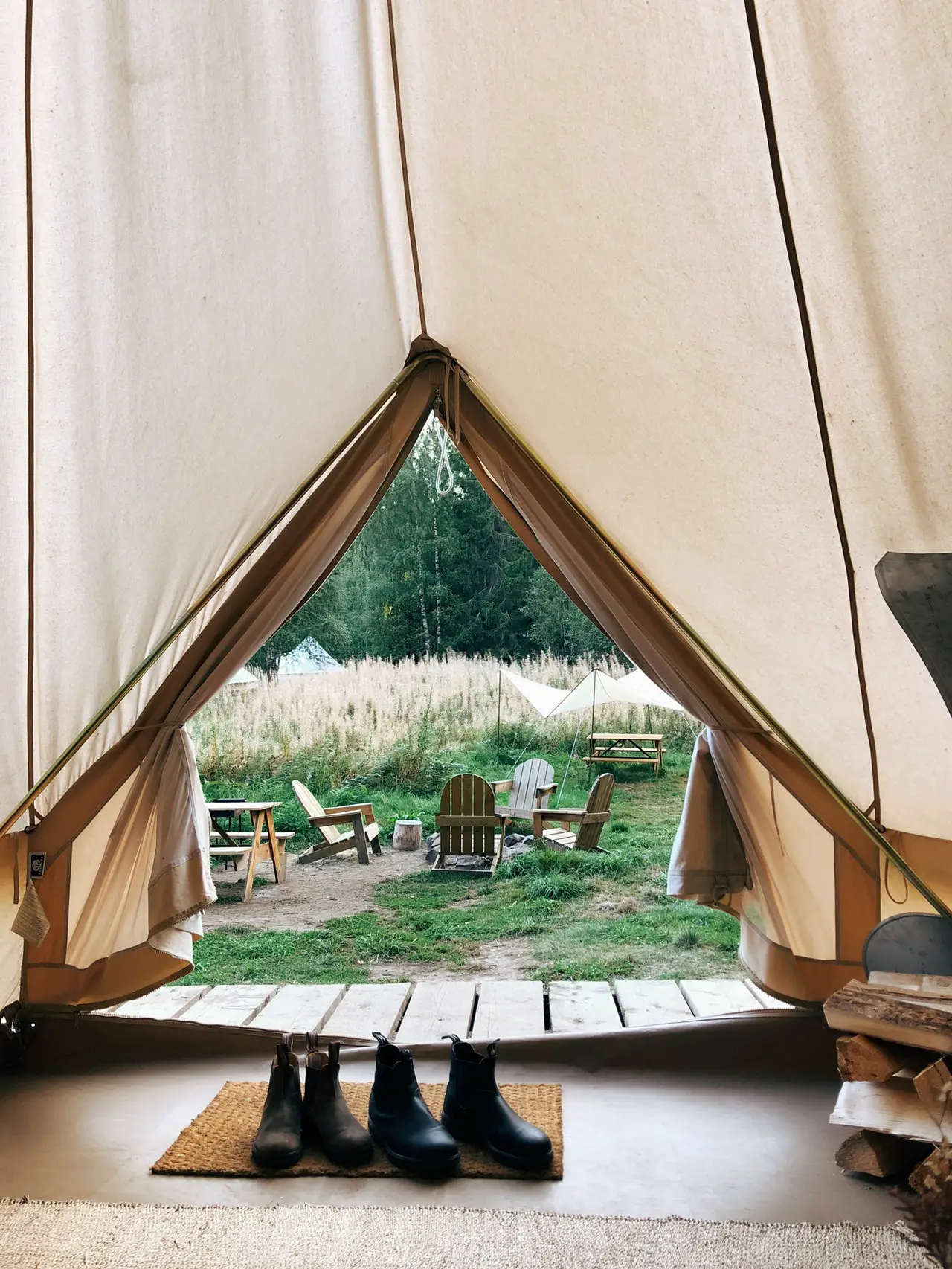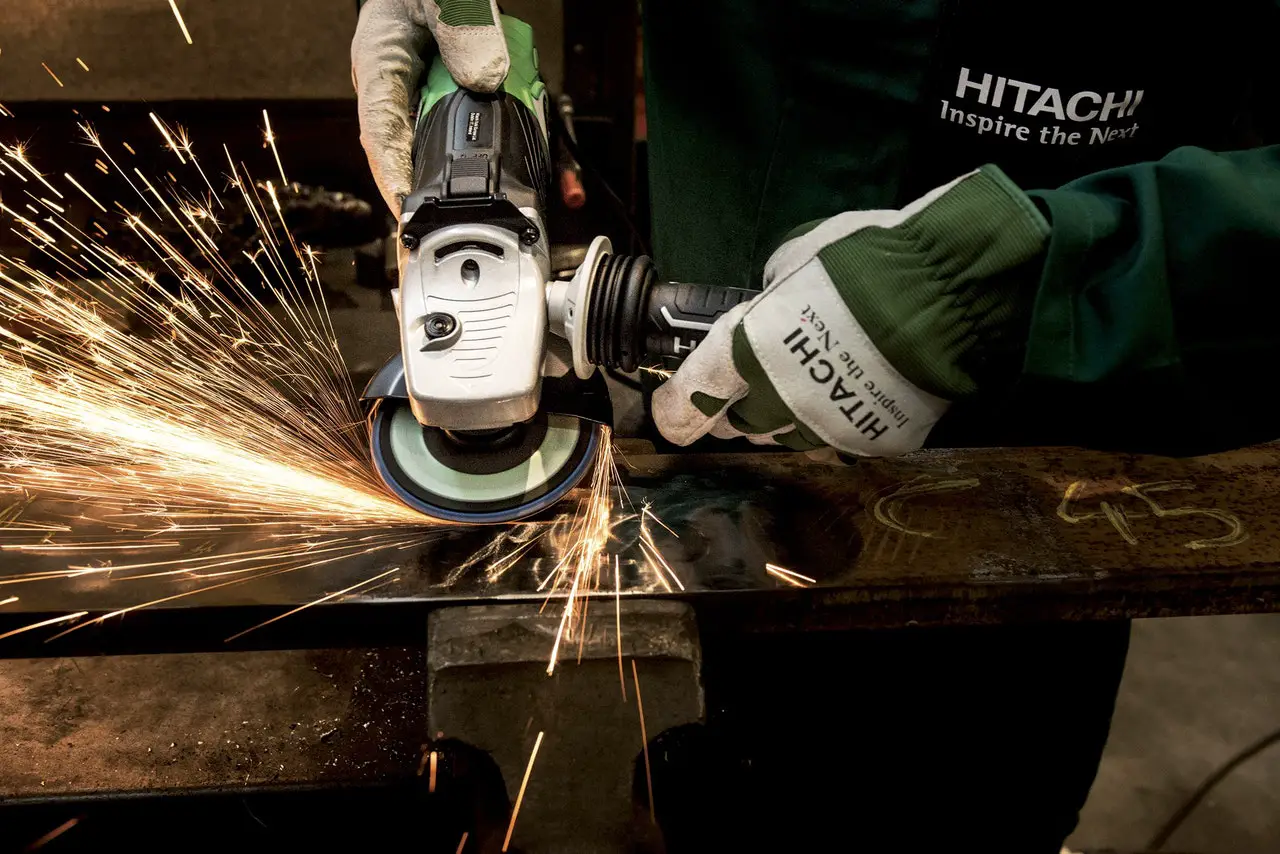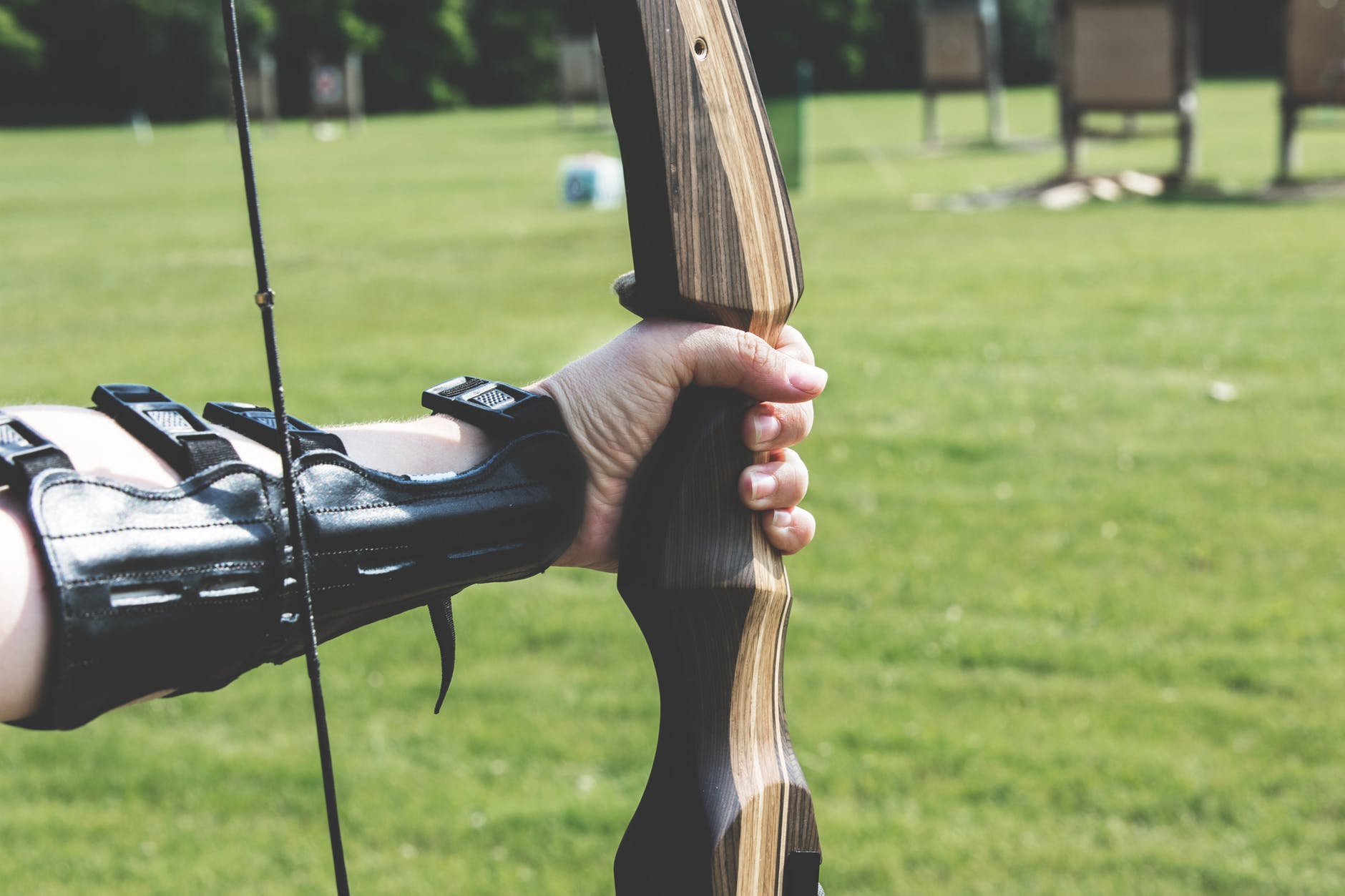Hunting Dog Training: 10 Tips for Training Your Puppy
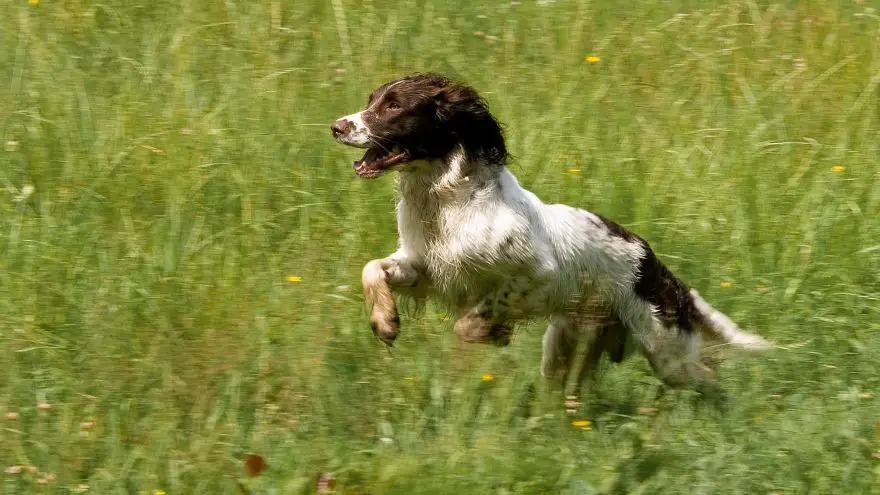 Hunting Dog Training: 10 Tips for Training Your Puppy
thegearhunt.com
Hunting Dog Training: 10 Tips for Training Your Puppy
thegearhunt.com
Life comes at dogs from every direction in their first year. It is exciting and fun but can also be a bit intimidating – a time when we need to be careful in our approach while we monitor, expose, and guide. We hope that we will be able to build on positive experiences and assist them when it comes to fully realizing their predatory type instincts while they gain self-confidence. We also hope to keep them from developing bad habits.
Additionally, we are blending in a few of the basics of obedience, so it can be a tough balancing act, yet for most of us, this can be an experience that is truly rewarding when we begin to train a puppy for hunting.
So, where do you start? I feel like an overall perspective on the part of the human should be first. We need to understand how critical characteristics that are inherited can be, how proper socialization is a part of it, and which command should be learned first. Gaining a clear picture of what we are hoping to accomplish will better enable us to sift through the various aspects to see how each one of them fits with the others as we plan our training sessions.
When you imagine the dog itself as the foundation, you will be able to see how critical of a role selective breeding can play into the animal’s potential for success. Some of the important genetic attributes include things like:
- Nose – a discriminating and keen sense of smell
- Work ethic/desire – the internal drive to keep working even when the going gets rough
- Biddability/cooperation – an attitude of being eager to please and a natural attentiveness to the handler
- Conformation and coat – a coat that will ward off the abrasive cover and elements while in the field, and a body structure that has been bred for endurance and strength
- Mental stability – a balanced temperament will support self-confidence when the animal is faced with ever changing and adverse situations that can be common when it comes to hunting
- Retrieving and pointing instinct.
With these as foundation blocks, we should then consider the mortar that will hold these building blocks in place – proper socialization. Other components of the mortar might be things like exercise, nutrition, and the proper health care.
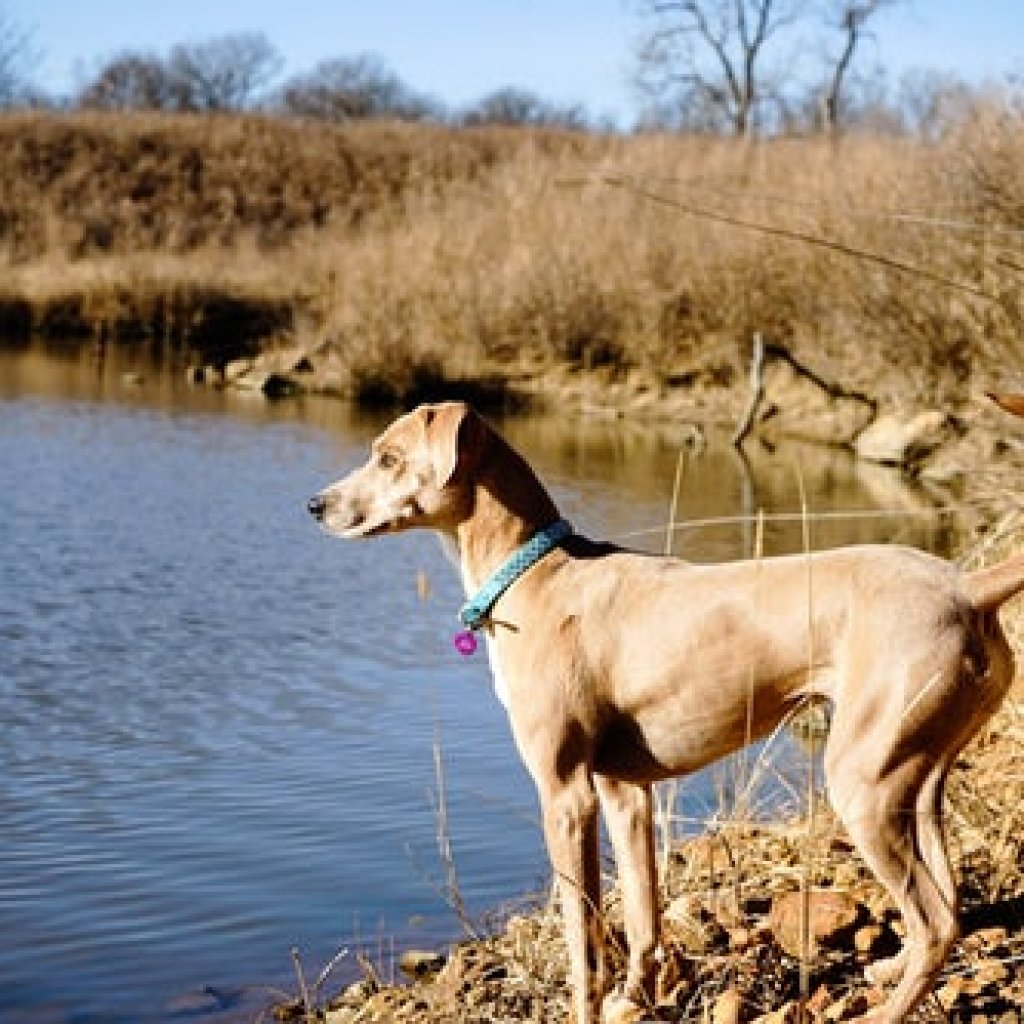 Granted this mental image is one that is a bit oversimplified, however, it does point to the interdependence and importance that each aspect brings to the probability of an outcome that is successful.
Granted this mental image is one that is a bit oversimplified, however, it does point to the interdependence and importance that each aspect brings to the probability of an outcome that is successful.
We can also see that it will be possible to work with more than a single aspect of the development of the dog at a time. As an example, we might expose young dogs to the neighborhood while also getting him used to walking while on a lead or even working on his “heel” training. We might even assist a friend with more advanced training and bring our small puppy along as a method of introducing the dog to travel. We can allow the dog to explore open fields and run while also trailing a check rope as a way to start establishing control.
Expanding your puppy’s world inch by inch from your living room to your backyard and then to the training or hunting fields, socializing them with other canines, introducing the pup to travel crates, gunfire, guns, game birds, and boats – all of these things need to happen within the first year.
Imagine trying one aspect of training on the very first day your puppy spends in the field when he hasn’t had any sort of exposure previously. It would be more than foolish to expect him to pay attention, have the ability to focus, or be capable of learning anything due to the fact that there are just too many stimuli that are unfamiliar and that might even be a bit frightening, but definitely distracting. This is why it is critical to expose him to as many varied scenarios as you possibly can.
It can be helpful to take a few minutes to lay out a plan and make a list of all of the variables. Determine where your dog is in this process of getting acclimated, what you have and haven’t covered, what needs to be built on, and what you should do next. Keep copious notes – especially after sessions of training.
I like to keep notes on things like the progress that has been made, where and when the next training sessions should be, and any aspects that I might be concerned about. Doing this forces me to rethink and to adapt with better choices as I continue socializing the dog to each of the aspects of the world of hunting, and as I start to teach some of the most basic commands.
Fitting the actual commands in needs to start with every day, basic stuff – such as heel, sit, and no. All of these will be supportive for the work that is more advanced. Here is a look at some of the other areas that need to be covered in order to prepare the dog for work in the field.
Crates
Whether you are traveling or at home, a dog crate will be critical to the safety and training of your dog. Crate training at home needs to begin the day the dog is brought home. Once the dog has become comfortable and enjoys his crate, you will be able to move it to the car and begin taking short jaunts.
Go to areas where you will be able to let the dog out to have a bit of fun. If all of his early trips are made to the vet’s office to get injections, this will make him anxious when it comes time to load up for training.
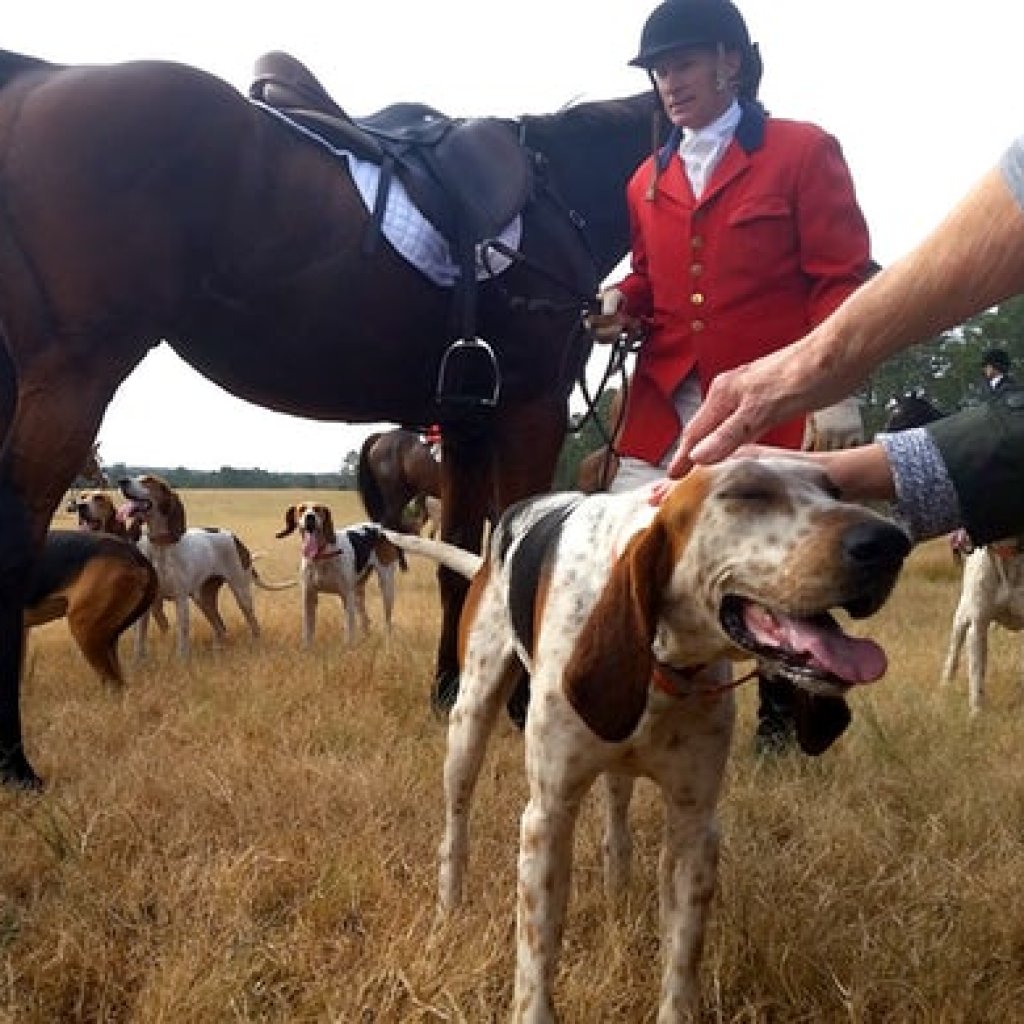
People and Dogs
Making sure that you socialize your dog with other canines is just something that makes good sense. Playing with other dogs and family members is a good start, but if you can provide even more exposure, it will be better. Taking trips to obedience classes or even just to the park can play a role in forming a well-adjusted, solid dog.
Heavy Cover and Open Fields
For young dogs, there is quite a bit of frightening stuff out there. It can be easy to overlook how important it is to get your puppy familiar with things like timber, brush, and open cover, but eventually, you will be training and even hunting in those types of areas.
For this reason, it will be a good idea to allow him to explore the shadows and fields, and to chase game birds and meadowlarks. Fun of this nature will nurture his predatory drive while also building confidence, and all of this while also building up his endurance, strength, and body.
Water Work
Even dogs that will mainly be used for hunting upland will need to occasionally cross a creek and will very likely have the chance to grab a pheasant right from a cattail marsh. Introducing them properly to swimming and the water now will pay dividends later on.
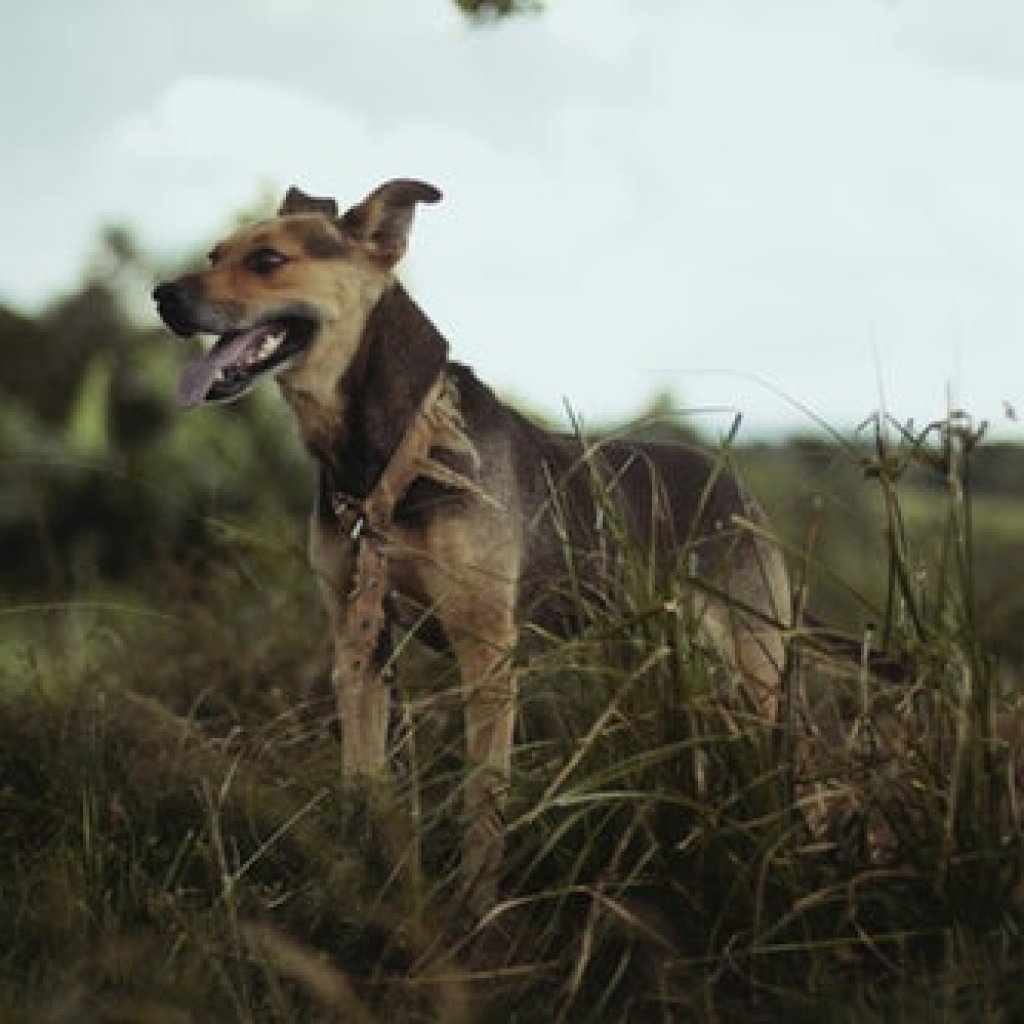
Birds
When it comes to the dog’s first exposure with birds, you might want to set up in an area that is quiet and away from other types of distractions. You might use a cold, dead pigeon. Cold pigeons won’t flop around and frighten timid puppies and will be less exciting for those puppies who have stronger wills. Either way, you will want to keep the dog calm.
Let him hold the dead bird but remain ready to stop any biting down of shaking. Taking these precautions now will go a long way when it comes to avoiding things like mishandled game and hard mouth.
Basic Obedience
Before training your dog to attend to complicated things that are hunting related, he will first need to be well-trained when it comes to the basics of obedience. Any dog who is obedient will need to know and be able to follow voice commands for heel, sit and come before they are allowed to go on to training in the field. If you happen to be training a puppy who is young, you should ensure that they have a solid basis in obedience with the core commands before moving on to training exercises that are more advanced.
Force Breaking for a Bird Dog
This is also sometimes referred to as force fetching, and it will train your dog to retrieve the birds you down and the deliver them to you. Many dogs naturally take to playing fetch, and force fetching will ensure that they are trained in the art of holding onto dead birds and bringing them right to your hand as opposed to just dropping them.
Table Training Retrievers
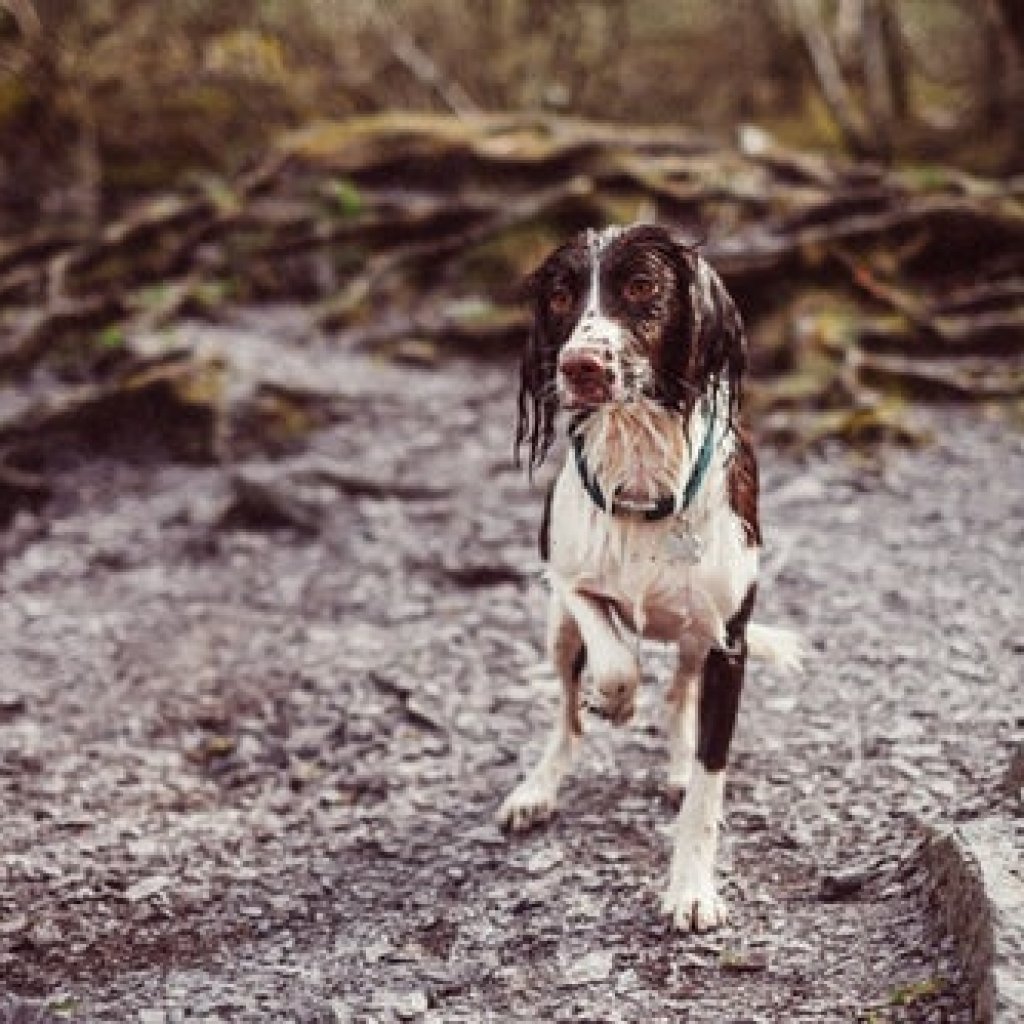 Many people who own dogs will recommend that you start force breaking them on tables so that you will be able to maintain control and stability when you are training young dogs. It is critical to get your dog familiar with a training table before you get started. This will make them both comfortable and confident throughout the process of training.
Many people who own dogs will recommend that you start force breaking them on tables so that you will be able to maintain control and stability when you are training young dogs. It is critical to get your dog familiar with a training table before you get started. This will make them both comfortable and confident throughout the process of training.
Once you have gotten your dog comfortable with tables, you will be ready to start teaching them the commands for hold and fetch. Experts tend to suggest that you use some type of pressure in order to force the dog to accept these types of commands. Some of the more common practices include things like toe hitches and ear pinches due to the fact that they cause a bit of discomfort without actually harming the animal. While you are practicing these commands, you should ensure that you apply pressure when you say fetch or hold and then release the pressure when the dog follows the command properly. This technique teaches them that they will be able to avert that discomfort by heeding those commands. However, always keep in mind that you will also need to use positive reinforcement with the animal each time they do as they are told.
When you have the dog to the point where he performs reliably both the fetch and the hold commands, you will be ready to train him to walk to fetch a toy or bumper from the table. This will allow them to become acclimated to actively retrieving an object before you train them further in the field. Use the same principles of pressure when you are training the dog to do this walking fetch from the table. Also, never forget to praise him when he performs the action correctly.
Ground Work for a Gun Dog
Once you have your dog fetching reliably, it will be time to get them to follow those same commands while they are on the ground or in the field. With some dogs, changing the scenery can make a bit of confusion, so it is critical to remain patient and use the right pressure in order to make the dog heed the commands.
Begin with training them to hold or fetch while they are sitting still. Slowly get to the point where you do the walking fetch. Ensure that the dog always brings the toy or bumper to your hand and use the pressure when necessary for correcting any mistakes. This will allow the animal to learn that they should only retrieve when they are commanded to.
Conditioning the Animal to Gunfire
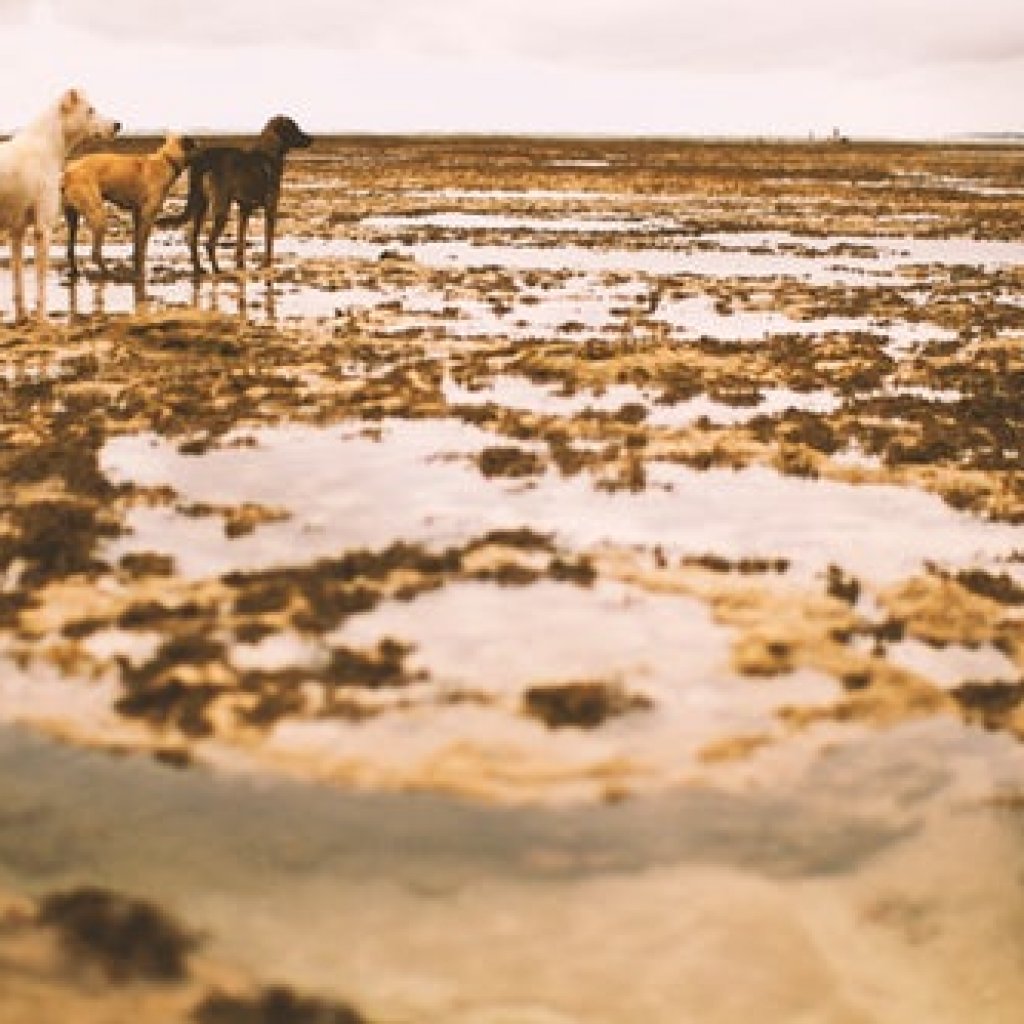 You might also want to make sure that you get the dog familiar with the sound of your gun so that it won’t frighten them once you get out in the field. In order to accomplish this, you might start with some low pops of noise from a distance so that you will be able to see how the animal reacts to the noise. Some hunters will mix their gunfire with retrieves so that the animal will learn that they need to associate the sound of gunfire with the reward of being able to retrieve, and this can really help.
You might also want to make sure that you get the dog familiar with the sound of your gun so that it won’t frighten them once you get out in the field. In order to accomplish this, you might start with some low pops of noise from a distance so that you will be able to see how the animal reacts to the noise. Some hunters will mix their gunfire with retrieves so that the animal will learn that they need to associate the sound of gunfire with the reward of being able to retrieve, and this can really help.
Training a hunting dog isn’t something that needs to be difficult. You just have to take the time and have patience. Be diligent with the training and look forward to years of hunting with your pet.
Sources
- Sport Dog, Where to Begin with Puppy Training
- You Tube, Hunting Dog Training
- Homesteading, How to train a Hunting Dog to Retrieve
- Cuteness, How to Train Hunting Dogs






